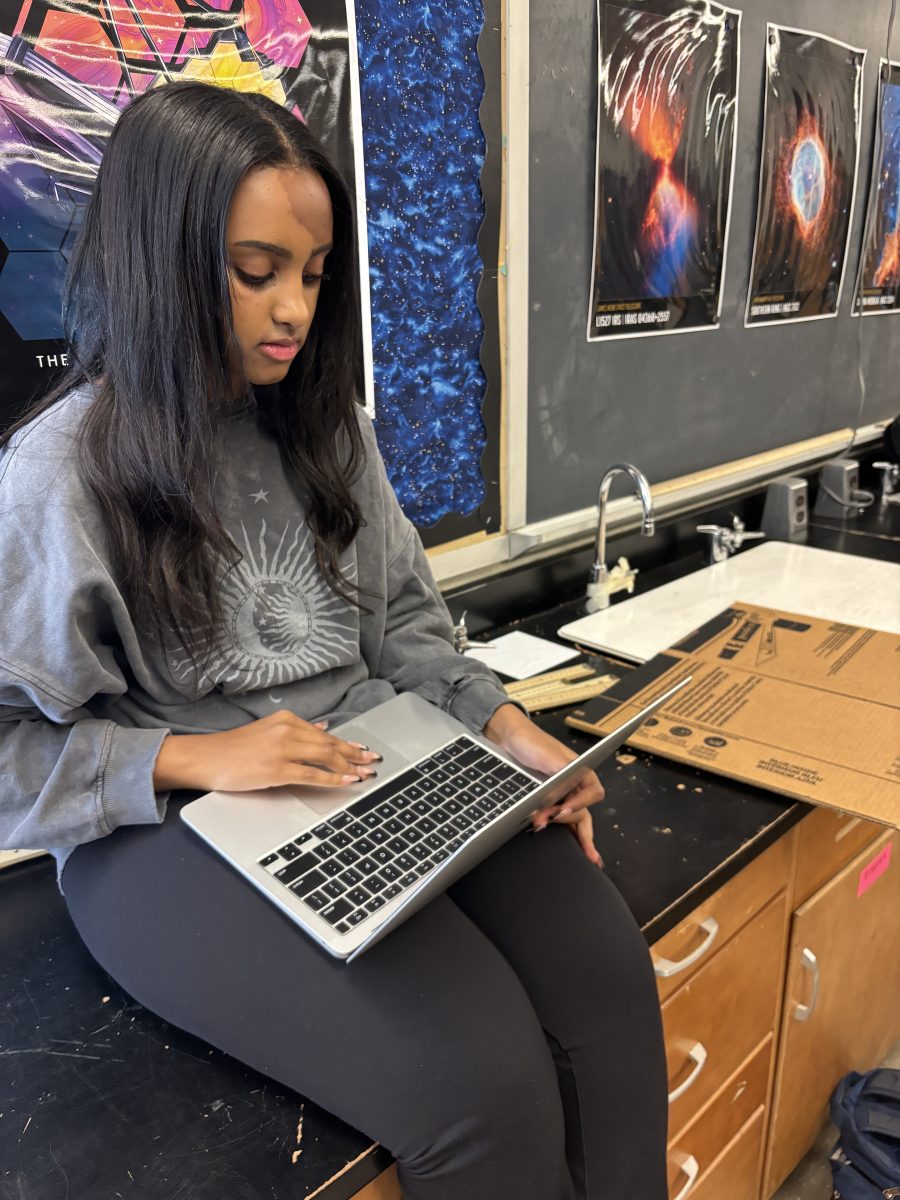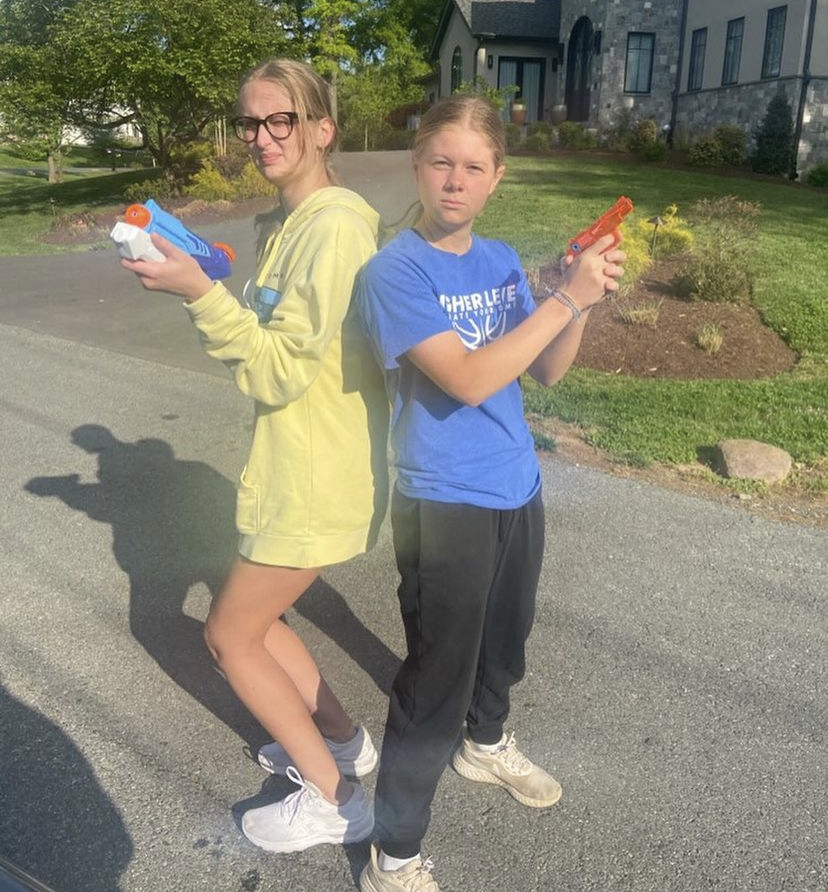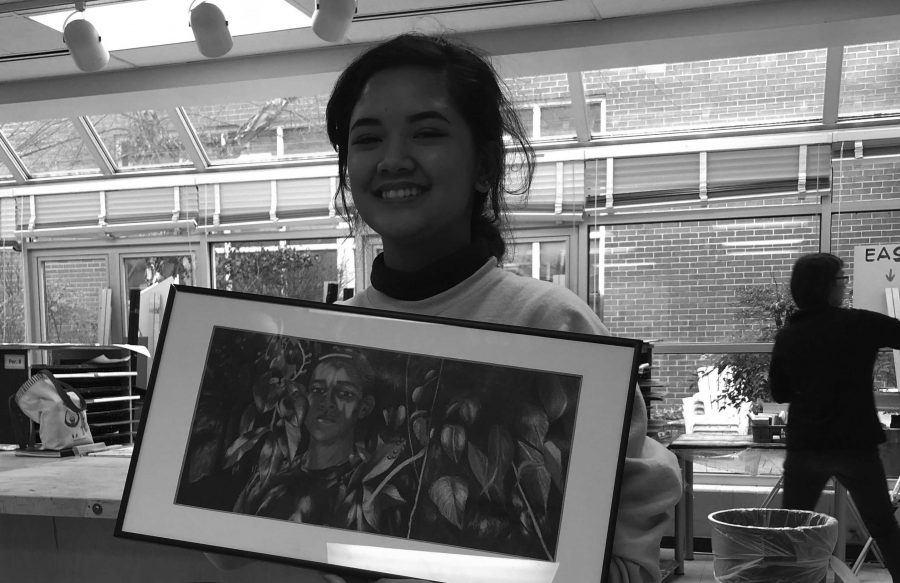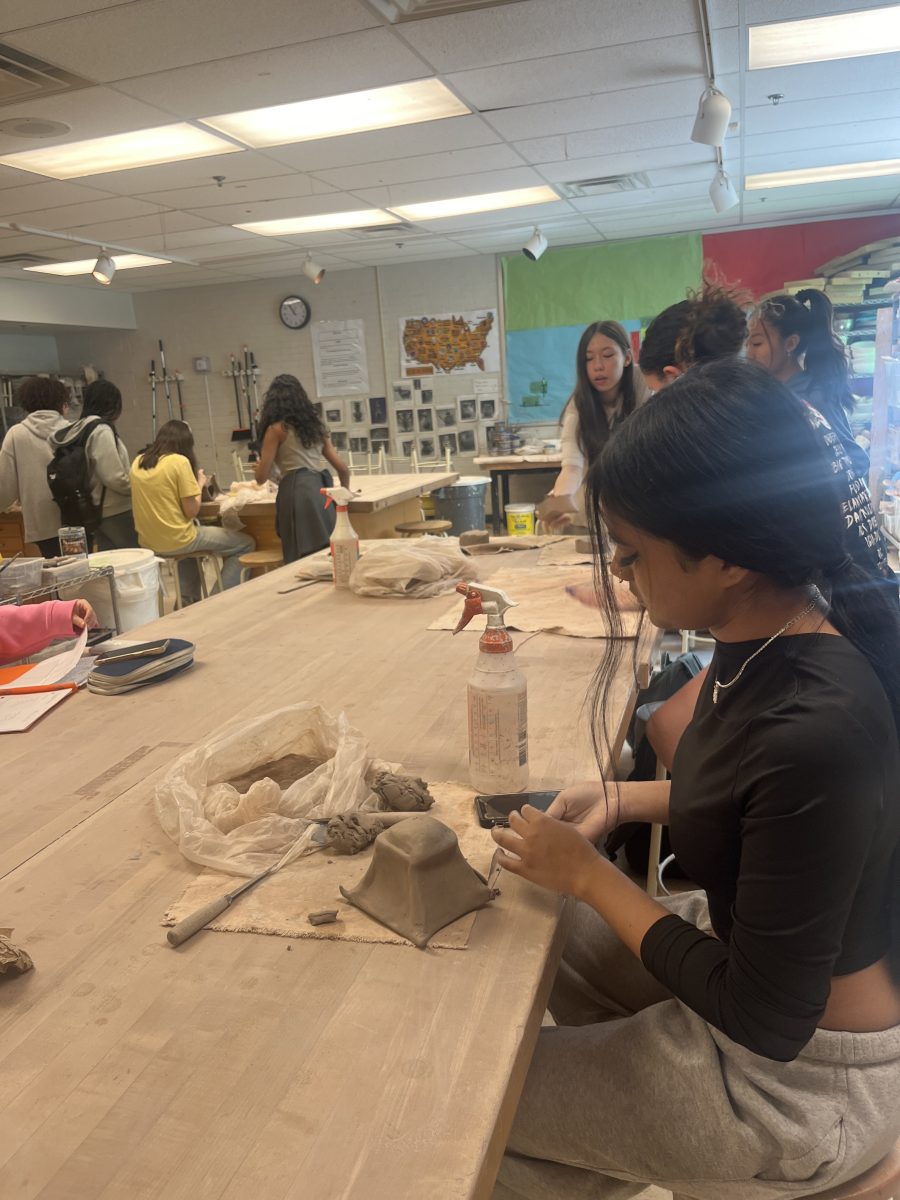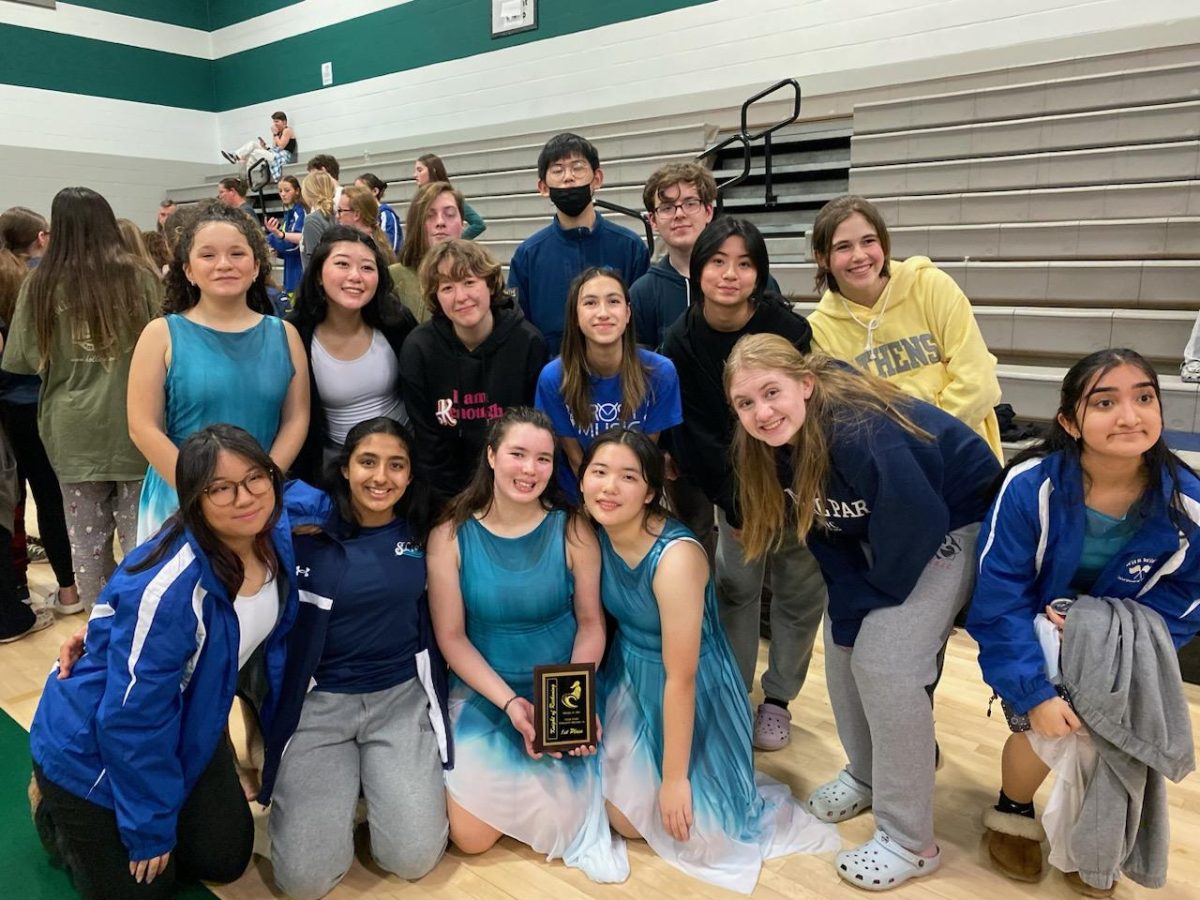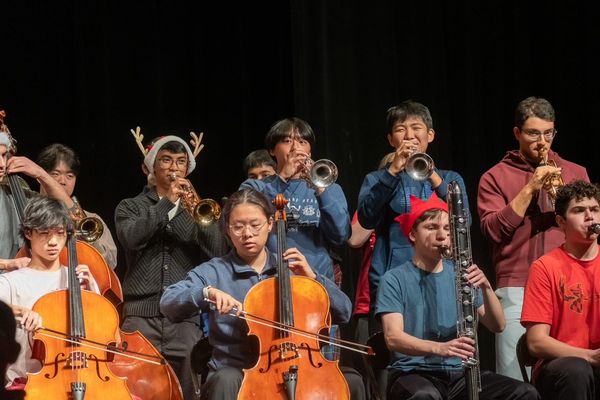What comes to mind when you think of AP testing? Sitting in a room for hours bubbling in scantrons and scribbling responses to prompts?
The quest for a perfect score in the AP Studio Art final contrasts with that of other courses. Each student must create an online account to which they must upload their 24 art pieces: 12 breadths and 12 concentrations. The purpose of the breadth section is to showcase an artist’s technical skills and their knowledge in the fundamentals of art. It also serves the purpose of containing pieces that do not necessarily fit into the concentration section, which follows a theme. Five additional quality pieces are submitted to the examiners for a final grade.
One’s portfolio is graded on a variety of factors, including consistency and clarity of the concentration, demonstrating understanding in artistic elements, such as value color and contrast, and compositional elements. The examiners also like to see students who are brave and confident enough to take risks with their work, and appreciate creating something that is popular in the art market.
Finding a central idea for a portfolio is a process. For some students, they may go into AP Studio Art thinking they know what they want their central idea, and end up submitting something entirely different. “My concentration theme is my personal take of my journey from the time I moved to Arizona. My breadth pieces are all over the place, but I’ve found a common theme for me to paint women, and making political statements or expressing my opinions through art,” junior Kalani Van Meter said
Nicole Bajamonde, also a senior, chose portraits as her concentration to display her interpretation of individuals’ inner and outer beauty.
Students enter AP Studio Art with a variation of experience with mediums and a range of techniques, and most take one to three art classes prior to AP. The artists of the school appreciate the freedom they receive in class, for students are free of being instructed on their tasks for the day. Students discover aspects of themselves that would have been left uncovered if weren’t for the class. While working on a portfolio can be discouraging at times, students continue to be surprised by the capacity of their abilities. “It’s a great class where people can receive feedback from other student artists, as well as enter a supporting community where it is okay to be yourself, because art is art,” Van Meter said.
While students work on pieces before the school year to alleviate stress, the course is still demanding. Thankfully, students are aided by their teacher, Quan Duong, who encourages growth by assisting her students with their difficulties. She opens the eyes of students to the inspirations that surround them, whether it be within people, books or other means of influence.
For students planning to join AP Studio Art, an understanding of the challenges to come is beneficial.
However, the struggle is more than worth it after students get their final grades back. “It gets hectic if you don’t know how to manage your time wisely, but I can feel myself improving every day with friends I’ve made and my teacher’s advice, and I wouldn’t trade it for the world,” Bajamonde said.
Kristina Tsakos
Staff Writer




